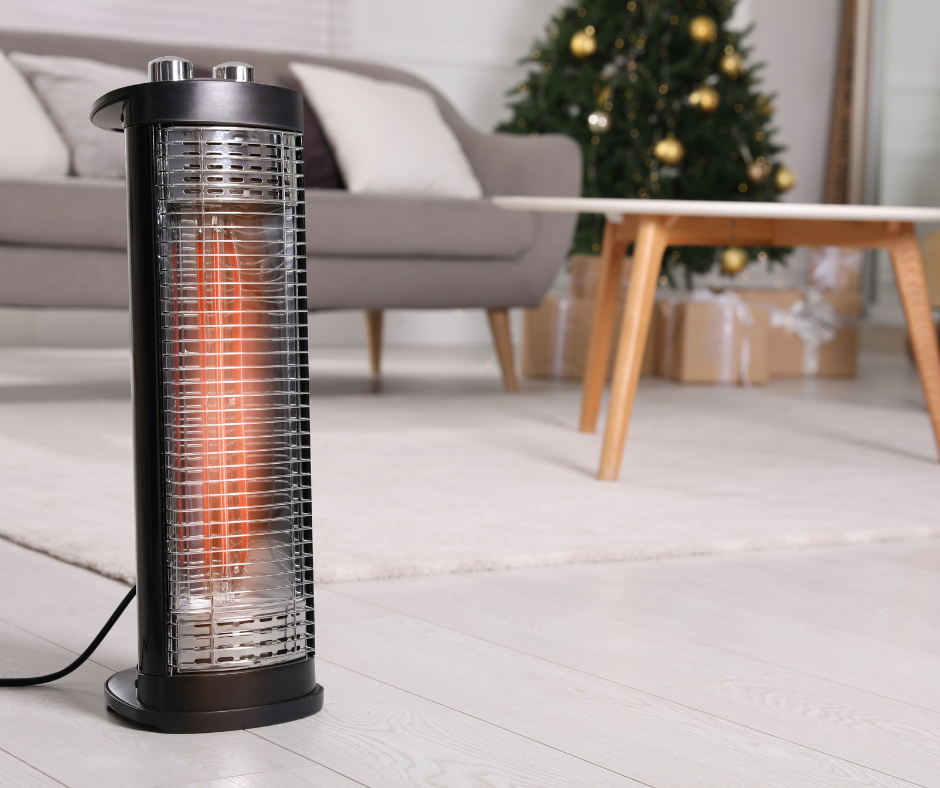
During the transition from fall to winter, it might make more sense to use a supplemental heater than to turn on your primary home heating source just to cut the morning chill. Or if you live in an older or poorly insulated house, you may need to supplement your primary heating source just to keep things economical.
Supplemental heaters are available in a variety of types and are generally safe. However, they do present hazards so it’s important to use them with caution.
Here are some common types of supplemental heaters and their limitations.
Electric radiators are portable heaters designed to heat small areas or rooms for limited amounts of time. They are thermostat controlled. When turned on, they heat oil inside the fins, radiating the heat outward.
These heaters are relatively safe but are not intended to be used for long periods.
Electric space heaters are portable heaters designed to heat small areas, such as under a desk or table, or a small room. When turned on, wire heating elements radiate or blow the generated heat into the space.
Often, the heating elements are exposed or can easily come in contact with other materials, such as paper, cords or even small fingers. Water or other fluids may spill onto the heater, causing an electrical fire.
Hazards include fires, burns and electrical short-circuiting. If you rely on a portable heater for supplemental heat, it’s important to make space heater safety a priority.
Kerosene or fuel space heaters are portable heaters that have a fuel tank or a connection for propane or another type of fuel. The burning of the fuel generates heat. The fuel requires refilling and must be stored.
Hazards include fuel spills and vapor buildup in the space where it’s stored, fires and exposure to carbon monoxide (CO). These heaters must be used in well-ventilated areas to prevent the buildup of vapors or CO.
Fireplaces and stoves are intended to generate heat for longer periods as they supplement the primary heating source. In transitional seasons, these can be used as sole-source heating for occupied rooms while the remainder of the house is kept at lower temperatures.
Hazards include CO buildup if ventilation is not adequate, fires if combustible materials are nearby, and burns from heated elements and surroundings. Gas heaters must be installed properly and have a safety check valve to prevent the backflow of fuel.
Wood fireplaces and stoves pose a whole new set of safety hazards:
- Ants, snakes and other critters can be unearthed when chopping and storing wood.
- Stoking the wood can cause sparks.
- Smoke, CO or vapors can build up if the flue is blocked.
Supplemental heaters can be cost-effective and efficient for heating certain areas in your home. They also come with known risks that require attention. Keep your family safe as you prepare your home for cooler temperatures this season.
